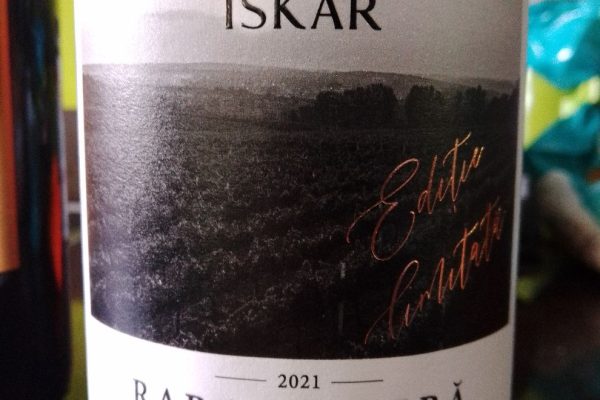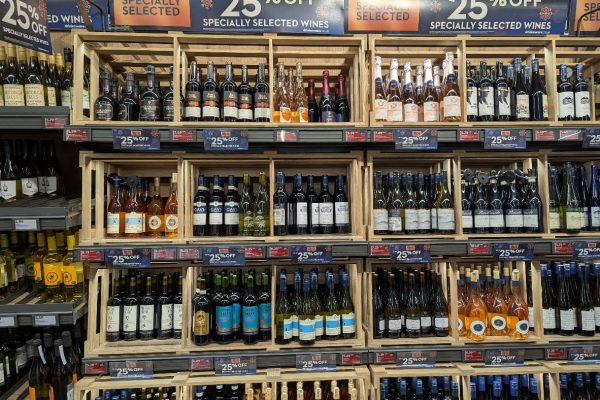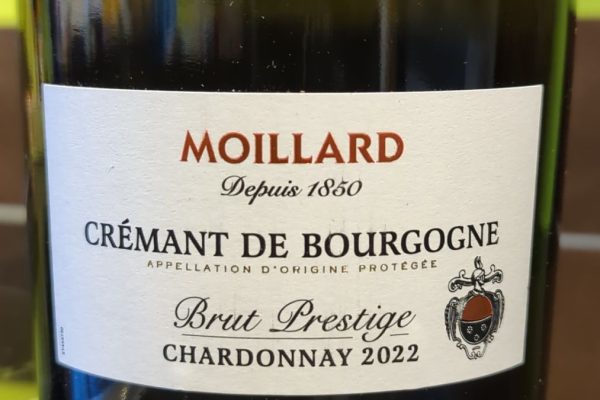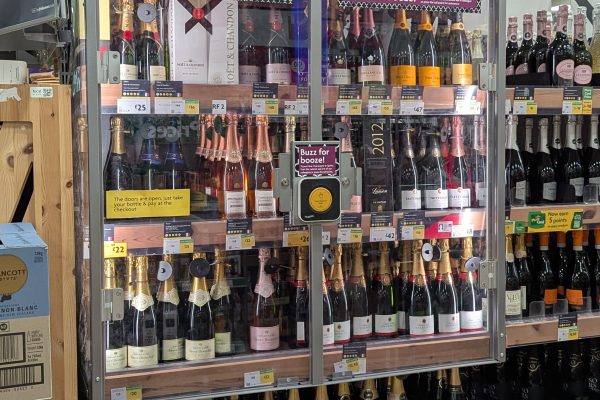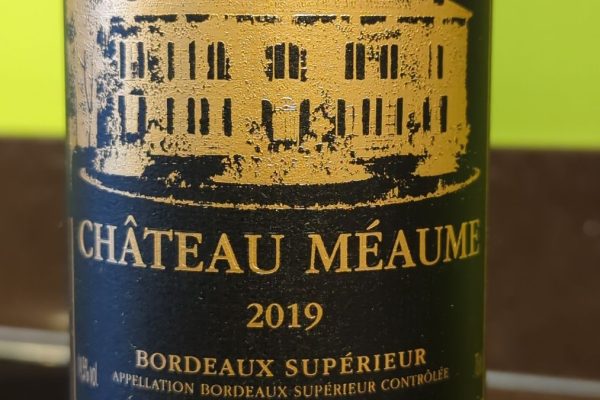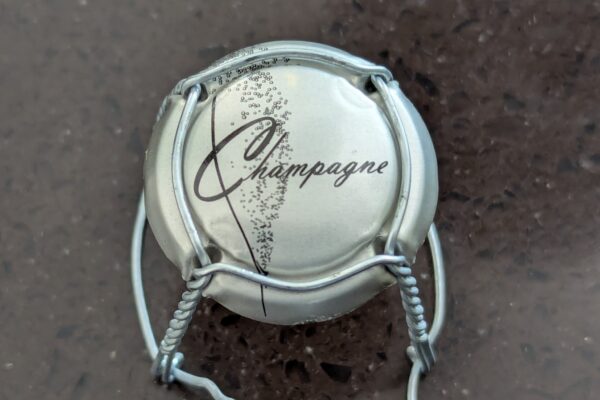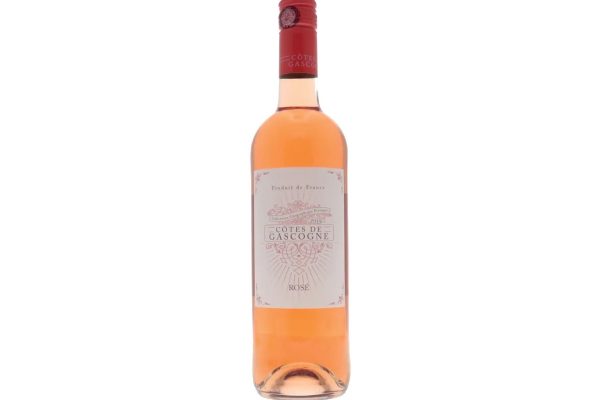For the first time, Australia and New Zealand combined their annual trade tastings in London, an event that historically has been held separately, New Zealand’s since 1982 and Wine Australia’s since 1986. The decision to merge the two was likely influenced by lower attendance in 2023, though it’s worth noting that train strikes in 2023 may have contributed to those numbers.
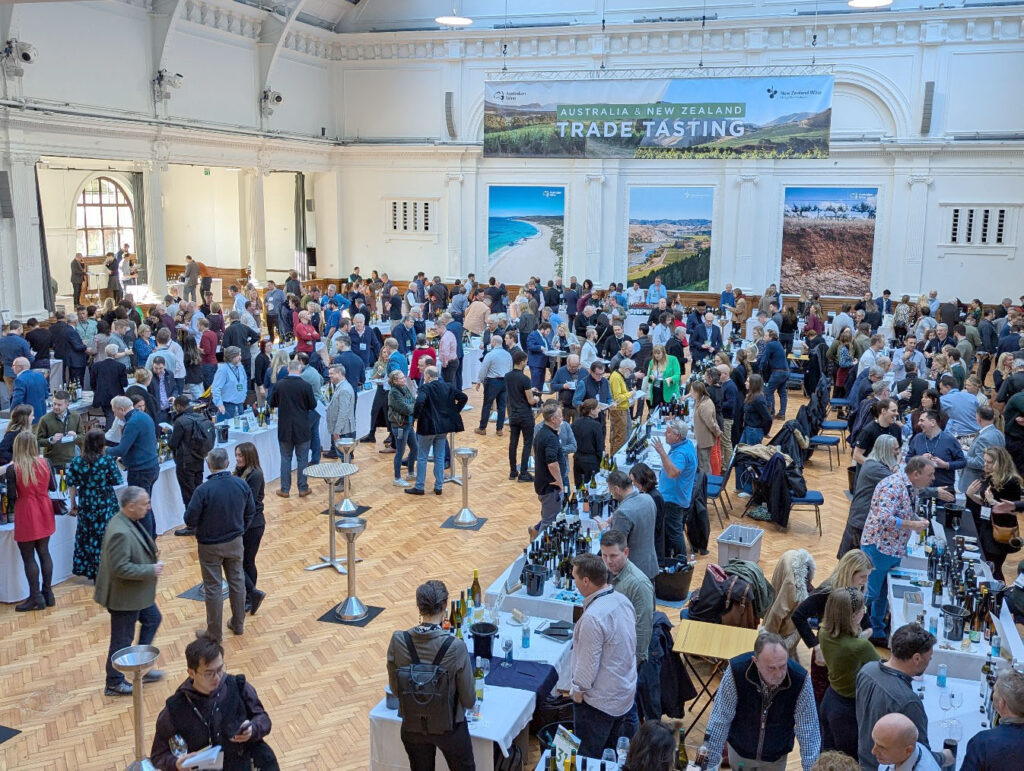
This year’s event featured more than 1,000 wines from 200 wineries, a vast selection that posed the difficult question: how do I approach a tasting with so many wines? In previous years, when Australia and New Zealand held their tastings separately, my focus was on what each country is best known for, Shiraz and Chardonnay from Australia, and Sauvignon Blanc from New Zealand. However, with such an extensive lineup, a different strategy was needed this time.
Rather than revisiting the typical, I sought out wines that break the mould, alternative grape varieties and blends that highlight the breadth of what both countries can offer. My focus was on tasting lesser-seen varieties such as Albariño, Grenache, Tempranillo, Nero d’Avola, Sangiovese, Malbec and Pinot Noir. While Pinot Noir is well-established in New Zealand, many consumers still primarily associate the country with Sauvignon Blanc, making Pinot Noir an interesting area to explore further.
Here are the wines that I particularly liked:
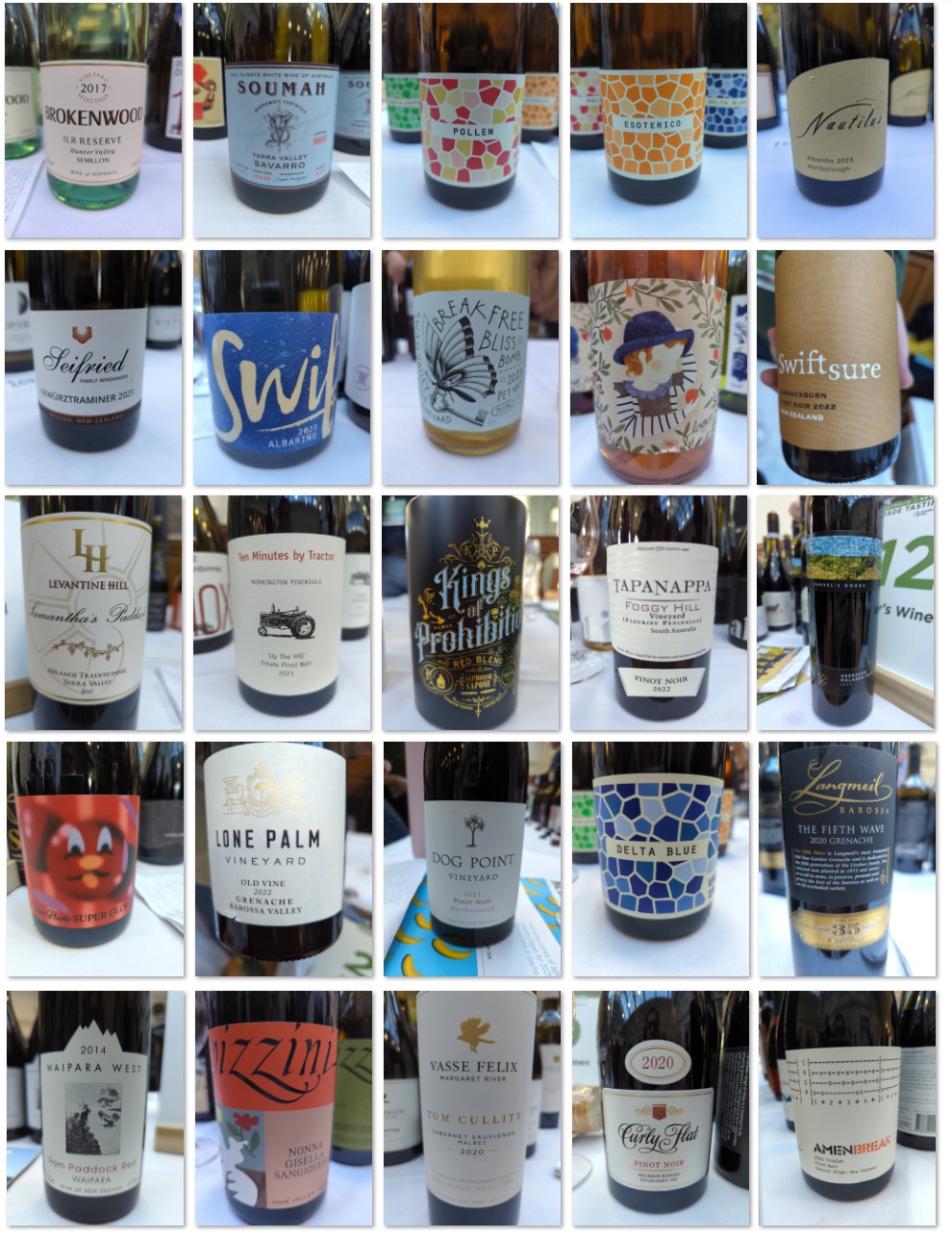
White Wines
Brokenwood ‘ILR Reserve’ Hunter Valley Semillon 2017 (AUS) – 11.0% – £60.00
Aged for ten years in oak barrels, followed by six years in the bottle, this full-bodied and creamy Semillon offers complex notes of lemon, lime and grapefruit, complemented by subtle hints of honey and toast. The mouthfeel is rich, and the long zesty finish lingers beautifully.
Soumah of the Yarra Valley ‘Savarro’ Yarra Valley Savagnin 2023 (AUS) – 13.0% – £19.99
Cool-fermented in both tank and barrel to preserve its aromatics, delivers a fresh lemon and lime taste with chalky mineral notes and a subtle spicy finish.
Unico Zelo ‘Pollen’ Clare Valley Gewürztraminer 2023 (AUS) – 11.5% – £23.00
Aromatic ginger and lime on the nose give way to a taste of golden apples, white peach, and pineapple. Compared to traditional Alsatian Gewürztraminer, this version is rounder and softer, offering a more luxurious experience.
Unico Zelo ‘Esoterico Orange Wine’ Riverland 2022 (AUS) – 10.5% – £23.00
A blend of Fiano, Greco, Gewürztraminer, Moscato,and Zibibbo, this orange wine undergoes extended skin contact, developing rich aromatics of rose petal and marmalade. No fining or filtration enhances its purity, leading to a grippy finish with hints of black tea and an overall zingy character.
Nautilus Marlborough Albariño 2023 (NZ) – 13.5% – £25.00
A fragrant nose of white peaches, botanical spices and apricots leads into a rounded, mouth-filling taste of ripe fruits. The finish is both refreshing and zesty, making it, for me, one of the best wines of the tasting.
Seifried Nelson Gewürztraminer 2023 (NZ) – 12.5% – £18.00
Floral aromas blend seamlessly with juicy lychee flavors and a touch of gingery spice. Like its Australian counterpart ‘Pollen’ above, this Gewürztraminer is softer, rounder and more luxurious than those from Alsace.
Swift Hawke’s Bay Albariño 2023 (NZ) – 12.2% – £20.00
Notes of nectarines and florals on the nose lead into a textural and full-bodied taste with a subtle hint of saltiness. Aged on lees, it offers a soft, rounded mouthfeel.
Break Free ‘Bliss Bomb Pet Nat’ Swan Valley Chenin Blanc 2023 (AUS) – 10.5% – £19.99
Light and aromatic, with ginger and lemongrass on the nose. The taste bursts with apples, pears and citrus, making this a refreshingly lively pét-nat.
Logan ‘Clementine’ Central Ranges Pinot Gris 2022 (AUS) – 12.0% – £18.00
An orange wine fermented on skins using wild yeasts, this Pinot Gris has an amber hue with a tangy clementine character.
Red Wines
Swiftsure ‘Bannockburn’ Central Otago Pinot Noir 2022 (NZ) – 13.0% – £25.00
An expression of black and red fruit, with hints of toast and a savoury, structured taste. A full mouthfeel and excellent tannin integration. Available from March 2025.
Ten Minutes by Tractor ‘Up The Hill’ Mornington Peninsula Pinot Noir 2021 (AUS) – 13.0% – £50.00
A mix of strawberry, rose and cinnamon on the taste, with deep savoury and herbal notes. Among one of my very favourites in the tasting.
Levantine Hill ‘Samantha’s Paddock Melange Traditionnel’ Yarra Valley 2017 (AUS) – 12.5% – £110.00
A more Bordeaux-like style blend of Cabernet Sauvignon, Merlot, Cabernet Franc, Petit Verdot and Malbec. Aromas of ripe red fruit, prune, and dates lead into a delicate yet juicy taste of strawberry and red fruit. Smooth, with refined tannins, reminiscent of a smoky Claret.
Calabria Family Wines ‘Kings of Prohibition Red Blend’ Barossa Valley 2022 (AUS) – 13.5% – £12.00
A rich and crowd-pleasing blend of Lambrusco, Durif, Sangiovese and Cabernet Sauvignon. Strawberry and cherry notes with vanilla oak aromas give way to dark chocolate flavours. Sweeter than I prefer but well-suited for mass appeal, Calabria’s answer to 19 Crimes.
Tapanappa ‘Foggy Hill Vineyard’ Fleurieu Pinot Noir 2022 (AUS) – 12.5% – £31.00
Spicy, ripe cherries and floral aromas lead into a unique combination of savoury and fruity elements, maintaining freshness while adding depth.
Samuel’s Gorge McLaren Vale Grenache 2022 (AUS) – 14.5% – £27.50
Aromas of jasmine complement flavours of blueberries, cola and sweet spices. Fine, silky tannins and soft fruit make this an elegant expression of Grenache.
Alpha Box & Dice ‘Italian Plastic Super Glou’ Langhorne Creek Barossa Valley 2024 (AUS) – 12.7% – £19.99
A bright and aromatic wine with floral notes, tangerine, and stone fruit. Striking purple color and a juicy, fruit-forward taste.
Lone Palm Vineyards ‘Old Vine’ Barossa Valley Grenache 2022 (AUS) – 14.0% – £15.99
Ripe black cherry, cinnamon and clove aromas lead into a rich, gamey taste with full fruit expression. Excellent value, best value I found in the tasting.
Dog Point ‘Organic’ Marlborough Pinot Noir 2021 (NZ) – 13.5% – £36.00
Aromatic florals of rose and violets, with red berry fruit and dried herb flavors. A well-balanced mix of savoury and fruity elements.
Unico Zelo ‘Delta Blue’ Adelaide Hills 2022 (AUS) – 14.0% – £23.00
A blend of Grenache, Montepulciano, Syrah and Touriga Franca. Bursting with blueberry, raspberry, and blackcurrant, this wine delivers great mouthfeel and vibrancy.
Langmeil ‘Fifth Wave’ Barossa Valley Grenache 2020 (AUS) – 15.0% – £31.99
Dark cherry and raspberry aromas mix with sweet spice and vanilla. The taste delivers ripe red berry and dark cherry flavours with a smooth, long finish. One of the best I tried in the tasting.
Waipara West ‘Ram Paddock Red’ North Canterbury 2014 (NZ) – £40.00
A blend of Cabernet Franc, Cabernet Sauvignon and Merlot. Dark fruit aromas with rich vanilla and coconut notes lead to a blackcurrant-driven finish. Aged tannins bring excellent balance.
Pizzini ‘Nonna Gisella’ King Valley Sangiovese 2023 (AUS) – 13.5% – £16.65
Crafted by an Italian family in Australia, this wine features fresh cherry and dried herb aromas, with plums and finally dark chocolate on the taste. Lighter that typical Italian Sangiovese but full of flavour.
Vasse Felix ‘Tom Cullity’ Margaret River 2020 (AUS) – 14.5% – £100.00
A blend of Cabernet Sauvignon, Malbec and Petit Verdot with earthy forest and tobacco aromas. The taste includes red berry fruit and grippy tannins, offering depth and a more Bordeaux-like structure.
Curly Flat ‘Estate’ Macedon Ranges Pinot Noir 2020 (AUS) – 13.0% – £54.00
Red berry and tobacco aromas lead into a concentrated fruit-driven taste with soft tannins and a lingering finish. Rich, round, and slightly savoury.
Amen Break ‘Triplet’ Central Otago Pinot Noir 2022 (NZ) – 13.0% – £25.99
Fresh red berries, including raspberry, cherry, and cranberry, with subtle wild herb notes. Light-bodied but intensely savoury.
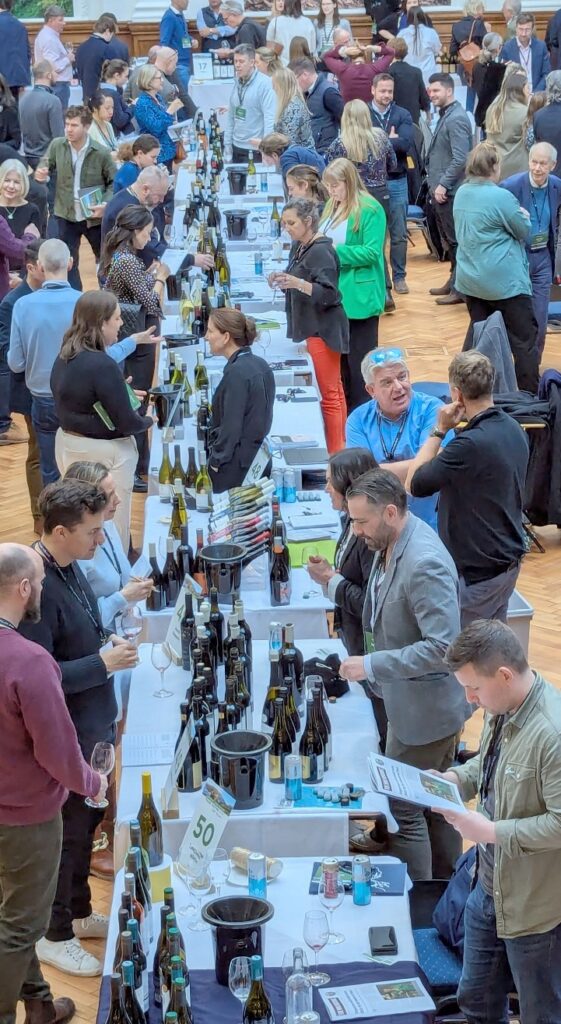
Did the mixed NZ and AUS tasting work? Yes, but it had its challenges. Later on in the day, the tasting felt quite busy, with some stands difficult to approach, particularly when groups gathered around them. A noticeable trend was producers stepping in front of their tables to introduce wines more directly to visitors. While this was well-intentioned, it didn’t work as well when the room was more crowded, as it limited their access to pour the full range of wines, only enabled them to converse with one visitor at a time and took up extra floor space. Unfortunately, I had to divert around a few of these stands, despite planning to visit them.
In terms of the wines themselves, I was surprised by the number of great, atypical wines I found. I found some truly exceptional Grenache, as well as a remarkable range of Pinot Noirs, showcasing significant variation in style. The tasting also provided an opportunity to explore some outstanding old-vine wines, which stood out for their depth and complexity.
Australia and New Zealand tastings, both past and present, differ significantly from most other country- and region-specific tastings. The primary distinction lies in their focus on promoting wines that are already available in the UK market, rather than showcasing a majority of producers seeking distribution. Many importers are represented, each exhibiting multiple producers, which contrasts with the typical structure of country tastings where the majority of participants are producers actively looking for UK distribution. While there were a few producers present at this tasting who were seeking importers, they remained a minority. This approach by the organisers is an interesting choice, as it shifts the emphasis towards reinforcing the presence of existing wines in the market rather than introducing a wave of new producers. This means that a simple Google search should make the above mentioned wines relatively easy to source.
A final thought, prompted by a conversation with James Viner, whom I often run into at tastings. While I focused on exploring atypical wines, none, not even the most commonly found wine varieties, are indigenous grapes as there aren’t any. An Australian producer even told me that Tempranillo grows with relatively little intervention compared to Shiraz. All this adds to the ongoing conversation about the future direction of winemaking in these regions, especially as climate change reshapes what’s possible.




